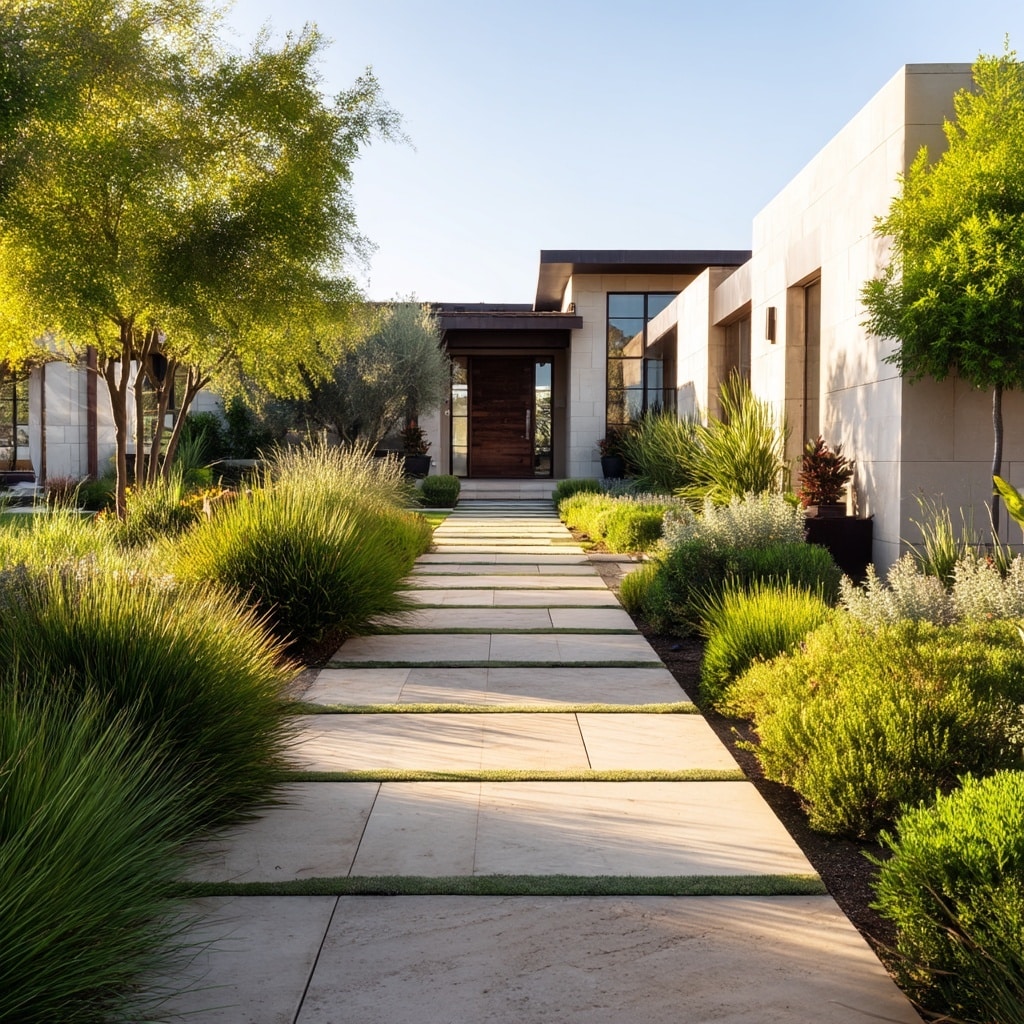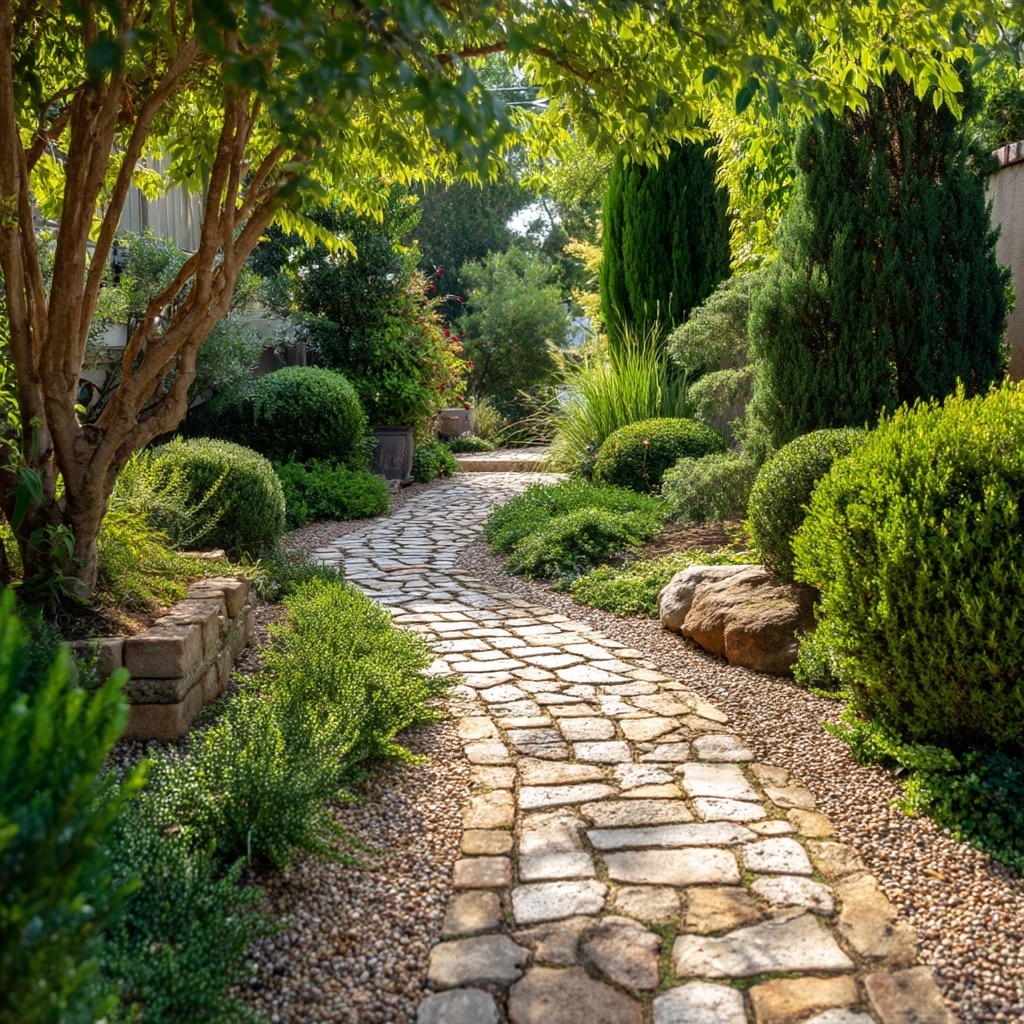Walkway design plays a vital role in shaping the first impression of any outdoor space. Whether leading to your front door, winding through a garden, or connecting different areas of your yard, a well-planned walkway adds both beauty and functionality. It guides movement, enhances curb appeal, and ties the entire landscape together in a seamless flow.
When creating a walkway, there’s more to consider than just looks. The materials, layout, and lighting all influence how inviting and safe your outdoor space feels. By focusing on design details that complement your home’s architecture and your yard’s natural features, you can create a walkway that’s both practical and visually appealing.
In this guide, we’ll break down the four key factors in walkway design that every homeowner should keep in mind before starting a project.
Table of Contents
1. Key Walkway Design Factors
Designing a walkway isn’t just about picking a path—it’s about combining form, function, and flow. The right walkway design enhances your landscape’s beauty while improving how people move through your space. Below are the four essential factors to consider when planning your outdoor walkway.
1. Walkway Lighting
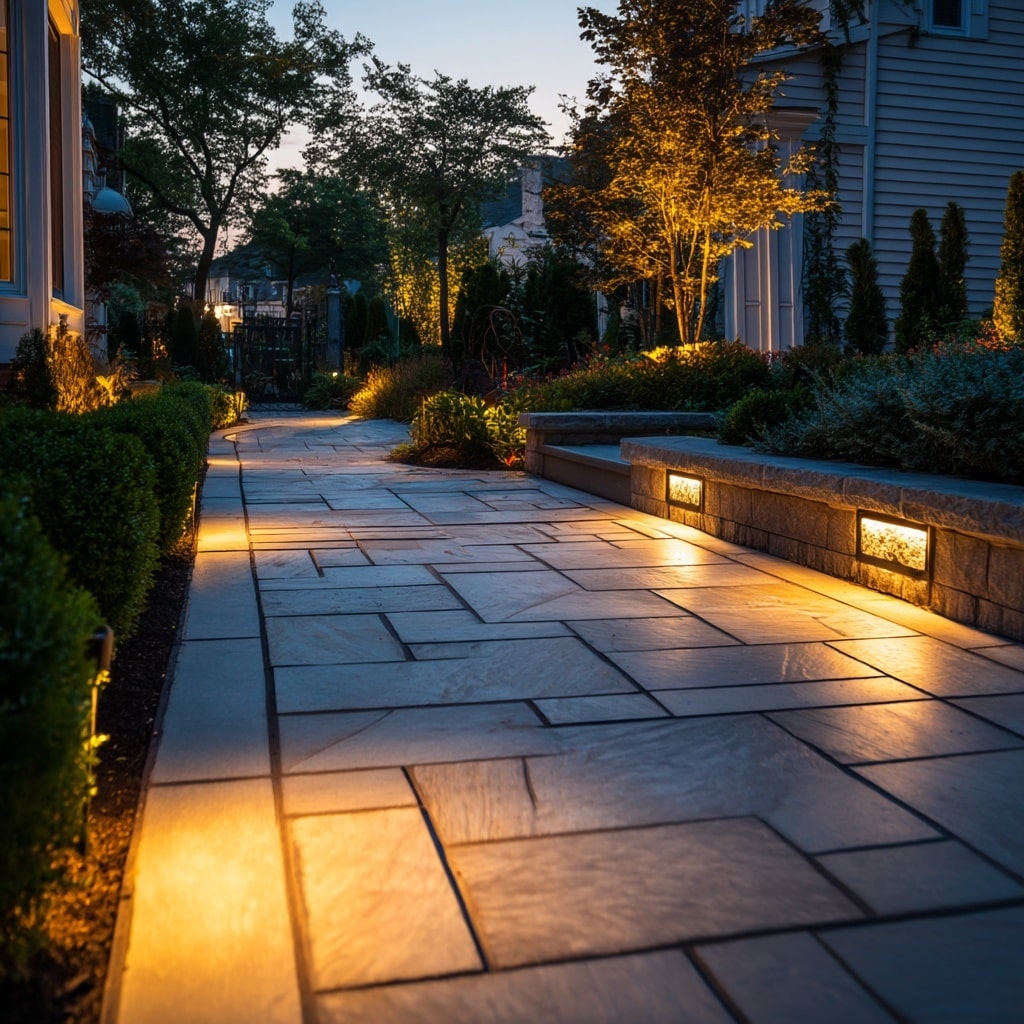
Proper lighting transforms a simple walkway into a welcoming feature at night. Beyond aesthetics, it adds safety by illuminating steps and edges to prevent trips and falls.
- Path lights along borders create a gentle glow.
- Recessed lights in the surface highlight texture and pattern.
- Solar options offer eco-friendly illumination without wiring.
2. Walkway Dimensions

Your walkway’s width and layout should reflect how it’s used. A narrow path suits a small garden, while a main entrance needs space for two people to walk comfortably side by side.
- Main paths: 4–6 feet wide
- Secondary paths: 2–3 feet wide
Curved designs feel more natural and inviting, while straight lines create a formal look. Always match the scale of the walkway to your yard and home’s architecture.
3. Material Options
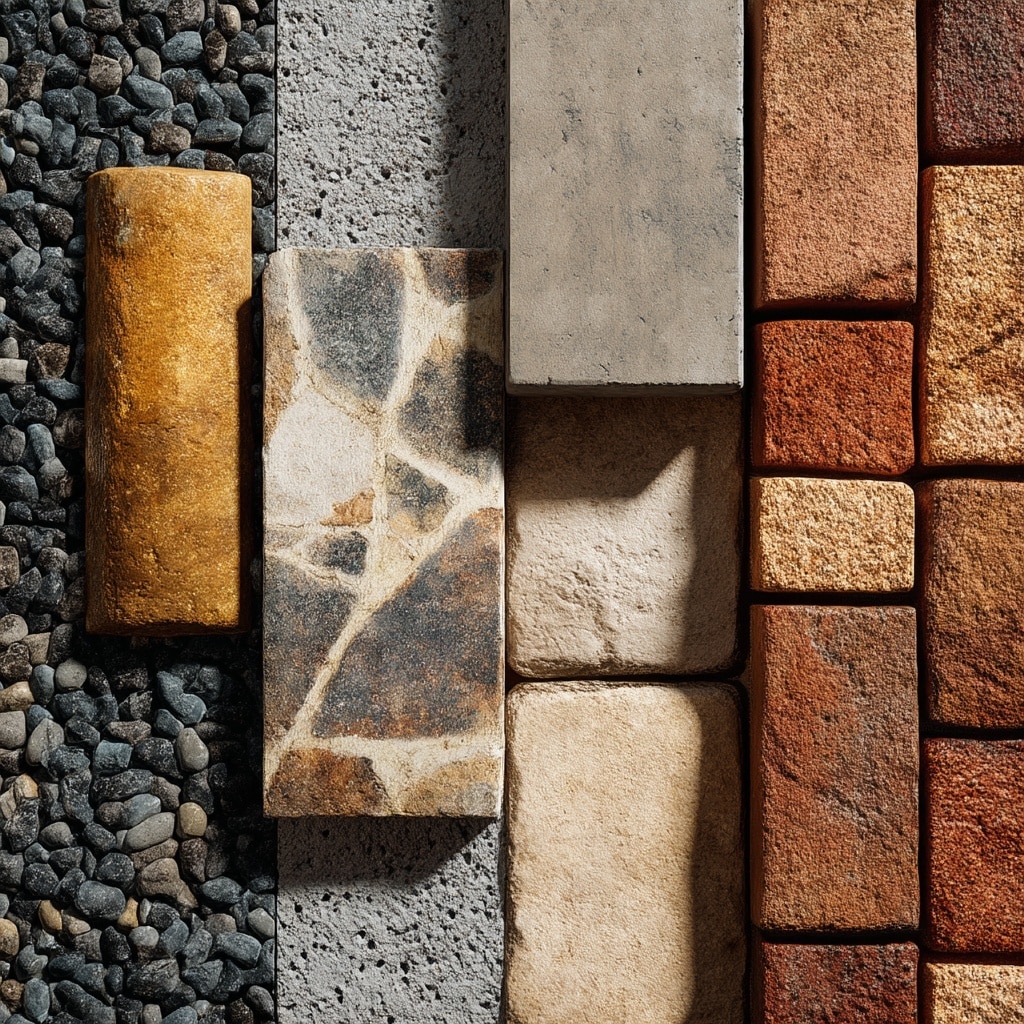
Choosing the right materials for your walkway design determines both its appearance and durability. Each material offers a distinct personality and level of maintenance.
- Pavers: Versatile, elegant, and easy to replace individually.
- Concrete: Cost-effective, smooth, and modern.
- Natural stone: Adds texture and a timeless, organic appeal.
- Gravel: Affordable and ideal for informal garden paths.
Select materials that suit your climate, budget, and desired style.
4. Costs and Planning
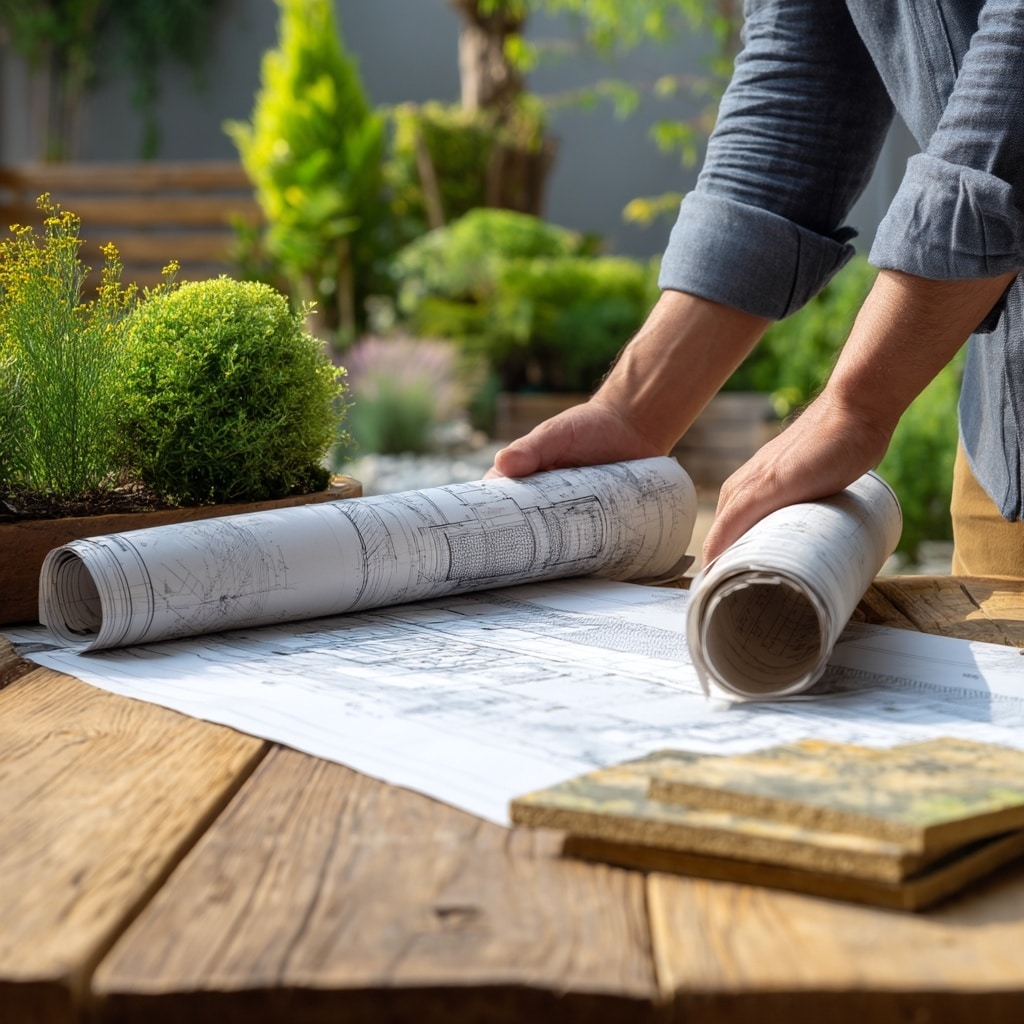
Walkway costs vary widely depending on size, materials, and installation. Concrete is generally more affordable, while stone or custom designs can raise costs. Setting a clear budget helps you balance quality with design goals.
For best results, consult a professional landscape designer who can create a layout that fits your property’s topography and style while staying within budget.
2. Why Professional Walkway Design Matters
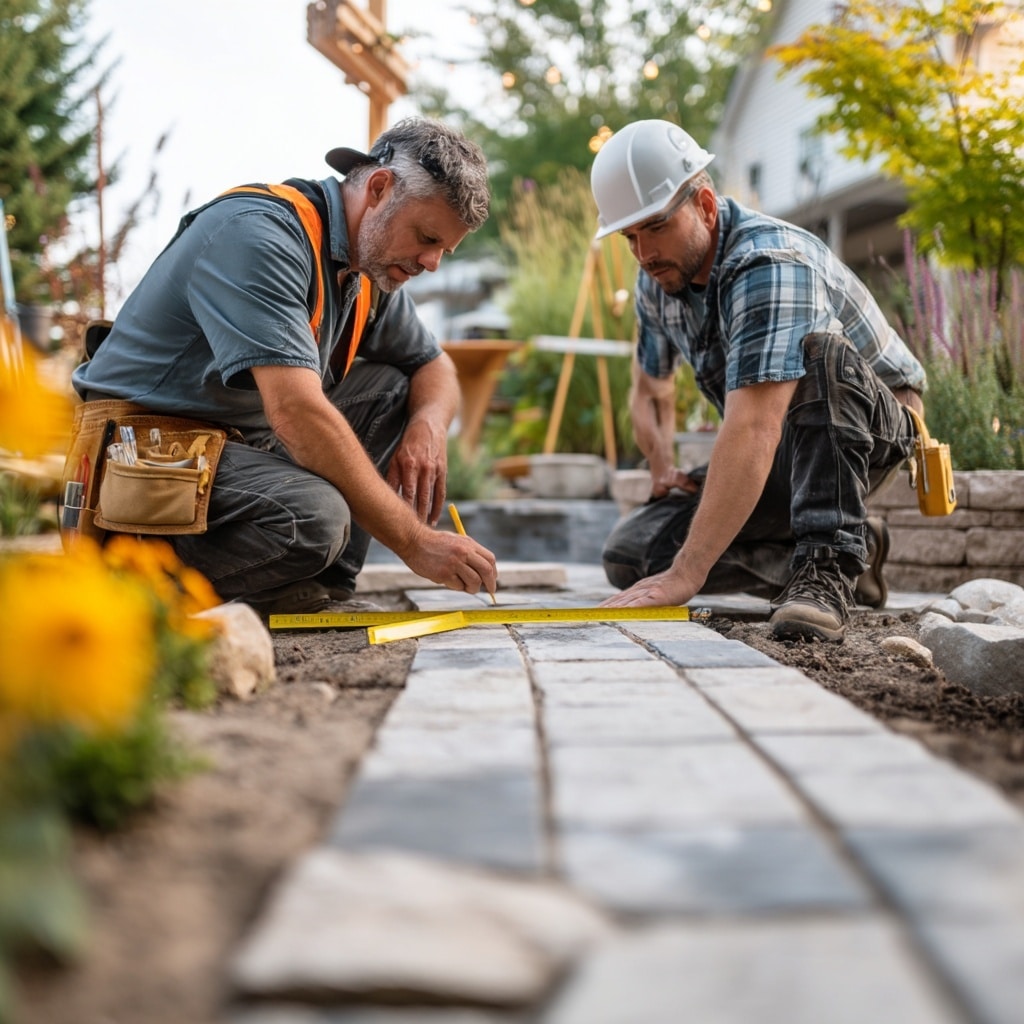
While a DIY walkway may seem simple, a professionally planned walkway design ensures long-term durability, safety, and style cohesion. Landscape professionals understand how to blend technical precision with aesthetic appeal—turning a plain path into a feature that elevates your entire outdoor space.
Expert Planning and Layout
A professional designer considers slope, drainage, and natural traffic flow to prevent water pooling or uneven settling. They also ensure the walkway complements surrounding elements like patios, gardens, and lighting systems for a unified look.
Material Expertise
Professionals know which materials perform best in your region’s climate. For example, they can recommend frost-resistant pavers or slip-resistant surfaces for wet conditions—details that make a big difference over time.
Long-Term Value
Hiring an expert may cost more upfront, but it saves money in repairs and replacements later. A well-built walkway improves property value and provides lasting curb appeal, making it a smart investment for any homeowner.
Safety and Accessibility
From proper lighting placement to ADA-compliant widths, professionals design walkways that are safe and accessible for everyone. That attention to detail ensures your outdoor space is as functional as it is beautiful.
3. Conclusion
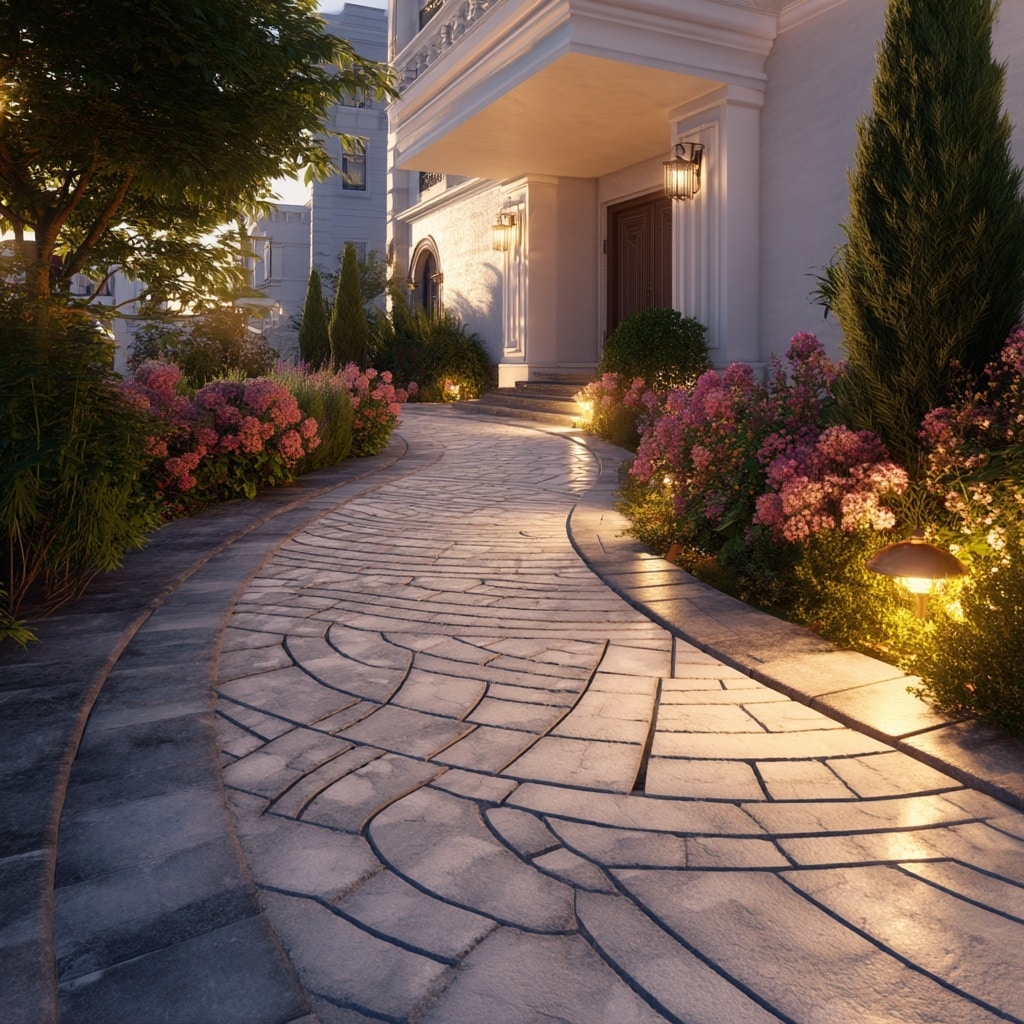
A thoughtful walkway design can completely transform the way your outdoor space looks and feels. It’s not just a pathway—it’s a statement piece that connects your home, garden, and landscape in harmony. By considering lighting, dimensions, materials, and budget, you can create a walkway that enhances safety, beauty, and comfort for years to come.
For homeowners looking to elevate curb appeal and functionality, partnering with a professional landscape designer ensures every detail—from slope to symmetry—is expertly handled. With the right design choices, your walkway can become the defining feature of your outdoor retreat.

